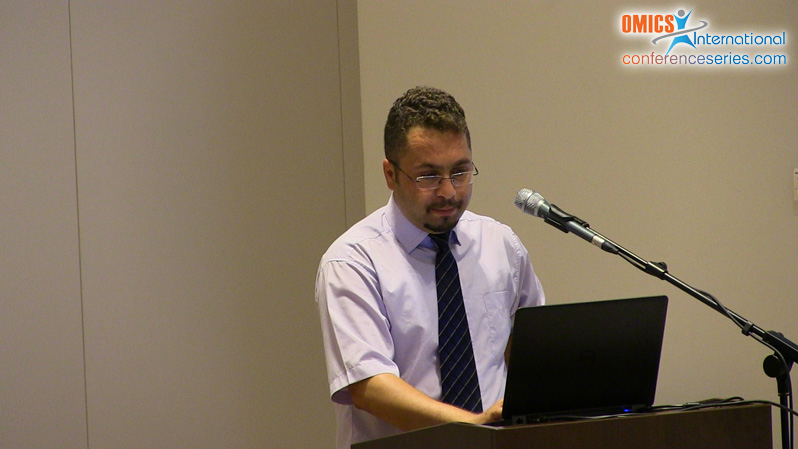
Biography
Biography: Akbar Vaseghi
Abstract
Nanomaterials particularly Gold Nanoparticles (GNPs) features unique physicochemical properties so that represent enormous promise for diagnosis and treatment of human diseases. These particles have a biocompatibility, size, provide a high surface-to-volume ratio and ease for fictionalization or characterization, their low toxicity, high extinction coefficients, straight forward synthesis methods as well as an extensive knowledge of their surface chemistry be produced quickly and inexpensively; also with their unique optical properties have been employed for detection of a variety of pathogenic microorganism including bacteria, viruses and fungi, there are differed ways for synthesize GNPs which are widely employed. An important challenge in medical diagnostics is to design all-in-one contrast agents that can be qualitative or quantitative detected with multiple techniques such as Magnetic Resonance Imaging (MRI), X-ray Computed Tomography (CT), Photothermal Therapy (PTT), Photodynamic Therapy (PDT), Positron Emission Tomography (PET), Single Photon Emission Tomography (SPECT) or ultra-efficient Fluorescence Quenchers (FI) and Quantum Dots (QDs). Gold nanoprobes have gained significance as novel pharmaceutical compounds to be used for imaging purposes and targeted delivery of therapeutic cargoes into cancer cells. Taken together, special features of nanoprobes and their diverse range of applications highlight their importance as valuable diagnostic and therapeutic tools. We made attempt to design next generation nano-chips through using gold nano-probes particularly gold nanoparticles and nano-rods for detection of pathogens and cancer cells. To this end, we attached bio-barcodes to gold nanoprobes to achieve detection and therapeutic objectives. However, due to the explosion of publications about applications of AuNPs, this current review we describe a method to quantify recent research advances of gold nano-probe.

